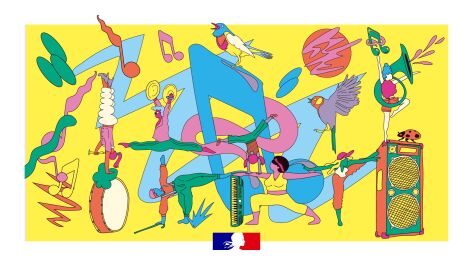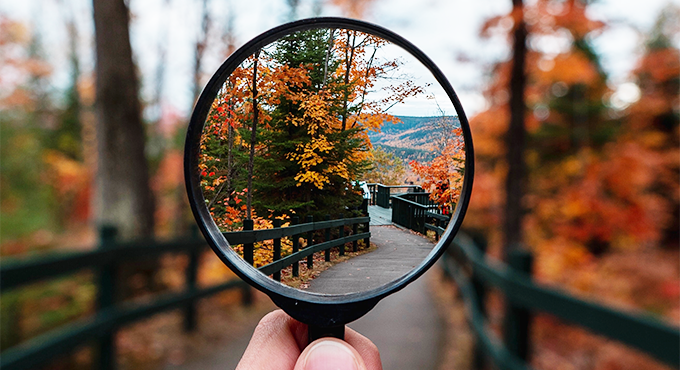 Aktualitete
Aktualitete 
The Louvre Museum celebrates 230 years
Opened in 10 August 1793, the Louvre Museum has just celebrated 230 years. It’s the perfect time for feedback on a major icon of the art and cultural wealth of France, attracting millions of visitors from all over the world every year. To celebrate the anniversary, the museum also offers an original event, Regards du Louvre.
More than 10 million tourists (including less than 25% of French) visit the Louvre, located at the heart of Paris, every year. The museum is often considered “the biggest museum in the world”. With 35,000 pieces exhibited over an exhibition surface of 70,000 m2, more than ten km of rooms and millions of visitors every year, the Louvre is indeed the most visited museum in the world and maybe the most famous!
A (very) long story
When it opened as a museum in 1793 in the middle of the French Revolution, the Louvre Museum only accounted 500 paintings, with original pieces mostly of royal origin, to meet its original story. Indeed, the Louvre is originally a royal residence, former medieval fortress and palace starting on 13th century. King Francis I turned it in its main residence in Paris in 1527, and it slowly became a royal palace. However, it was abandoned by Louis XIV for Versailles, and the Louvre quickly became deserted.
From 1672 onwards, it was the academies, including the Académie française, that took over the building. Then came the first artists, who were given free accommodation! It was not until 1779 that the idea of turning it into a museum, with the exhibition of the royal collections, began to emerge. In 1789 and again in 1792, spared by the French Revolution, the Louvre buildings gradually emerged as the place to house and protect the works confiscated from the French clergy and nobility. On 19 September 1792, an official decree placed the national collections under the protection of the Louvre, and on 10 August 1793, the museum was inaugurated for the first time. According to observers at the time, it was still no more than a poorly maintained repository of diverse and motley works!
From central museum to the Grand Louvre
The idea of a museum, initially known as the Muséum central des Arts de la République, open to all, was a revolutionary concept that had to be accompanied by an approach that was both popular and educational. It would take more than a century before the Louvre, under the Second Empire, was finally completed in a truly museum-like style and began to become a genuine permanent exhibition space. The Louvre is constantly evolving: In 1984, major works were once again undertaken to erect a pyramid in the middle of the courtyard, which served as the official entrance, and the Louvre was transformed into the “Grand Louvre”.
In 2004, the Louvre even became a brand with the announcement of the opening of a new museum, the Louvre-Lens, planned for Lens and finally opened in 2012, while abroad, the Louvre Museum Abu Dhabi was inaugurated in 2017.
An original event to celebrate the museum’s 230th anniversary
Regard du Louvre is an appropriate title for an event celebrating its 230th anniversary in style. To mark the event, the Musée du Louvre has chosen to mount a modern and original event, inviting twenty figures in contemporary creation, aged under forty and bearing a relation to Paris, to “cast their gaze” on the museum by each making a short film lasting three and a half minutes. These international representatives of contemporary creation offer their own perspective on the museum. Working in a variety of art forms (painting, poetry, literature, fashion, experimental music, film, video), these creators all share “a deep, personal relationship with the Louvre, its collections, its public and its lives”.
In the form of twenty videos, “this new kind of project encourages artists to design his or her own vision of the Louvre”. According to organisers, visitors travel “from the staircases to the Cour Khorsabad, from the rooms of Flemish paintings to the marble floors, from the Hall of the Caryatids to the rooms of medieval French sculpture”. As the Louvre points out, “the entire museum has been offered to artists so that they can share their vision and creativity”. These videos are available on the Instagram of the museum.
Explore more
- The Regards du Louvre exhibition
- on the Instagram @museeLouvre





Commentaires
Vous devez être connecté pour laisser un commentaire. Connectez-vous.